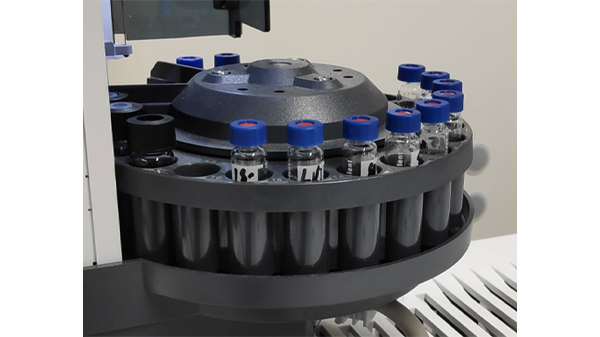X-Ray Fluorescence (XRF) spectroscopy is primarily used for elemental analysis. Other types of equipment used in the elemental analysis are the GC-MS (Gas Chromatography-Mass Spectrometry) and ICP-OES (Inductively Coupled Plasma – Optical Emission Spectroscopy).
Both sets of equipment are used for analytical purposes and testing techniques, for heavy metals, such as lead (Pb), cadmium (Cd), mercury (Mg), chromium (Cr), and bromine (Br), and other additives. Depending on the information requested about compounds in a sample, will determine which method we use. Due to the RoHS (Restriction of Hazardous Substances) regulations that have become worldwide restrictions on a group of substances, (including those aforementioned) mean that testing for them is important in recycling, as materials are restricted on the presence and quantities of these substances. Some materials may be more likely to contain these substances, depending on the prior use of the material.
To ensure that material is compliant with safety regulations, manufacturers will need testing to identify and quantify the restricted substances that may be present. XRF is a technique that identifies the heavy metals or additives present within a sample in a non-destructive way, due to using x-ray fluorescence for characterisation. It is quick, requiring no sample preparation and effective, taking only minutes to carry out, while being affordable and reliable. XRF is specifically used for the identification of additives and can quantify them. However, when it comes to quantification, we would use an ICP-OES in place, as it supplies more accurate results in this regard. ICP-OES is used for both the identification of and quantification of heavy metals within a sample and as such, produces more in-depth information. GC-MS is the technique of separating components or additives within a sample to identify and quantify them through comparison on a chromatogram graph.
Using an ICP-OES may be more useful in batch-to-batch testing, to see how quantities vary or the applications of WEEE (Waste Electrical and Electronic Equipment) recycling, where the quantities of heavy metals present within a material are important to meet regulations. XRF is often used in consumer goods, but still may be used in preliminary R&D for electronics. GC-MS would be used for certain applications, such as analysing brominated flame retardants.
However, both techniques are used where RoHS regulations may be applied.
At Impact, we can carry out each testing for the individual needs of the customer. To find out more about the uses and applications, please contact one of our experts or call us today at +44 (0) 1324 489 182.
Feel free to also follow us on Facebook, LinkedIn, and Twitter.





